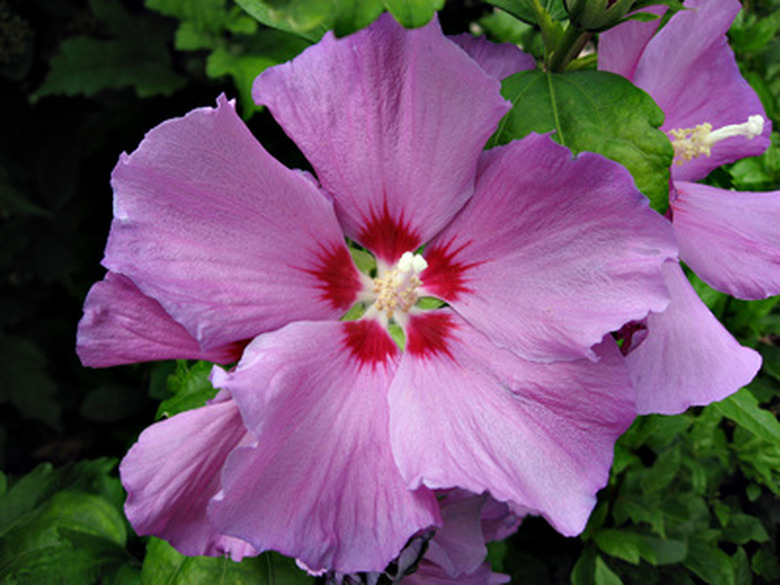Types Of Flowers Native To The Philippines
It is possible that early settlers in the Philippines from China, India, Indonesia and Malaysia brought with them plants and flowers now considered native to the Philippines. However, there are selected flowers that most botanists concur are indigenous to islands such as Mindanao and its coastal settlements like Davao and Zamboanga.
Waling-waling
The waling-waling (Vanda sanderiana) is the "queen of Philippine orchids," reigning supreme at the peak and in the foothills of the highest mountain in the Philippines, Mount Apo. The German botanist, Heinrich Gustav Reicheinbach discovered this rainforest native orchid in Mindanao in 1882. The waling-waling blooms just once a year, between July and October, usually growing on tree trunks. In Davao City, it is the highlight of the annual Kadayawan Festival that celebrates the harvest with a floral float parade.
European Old Prints
The waling-waling is among the flowers commemorated in the form of European old prints. Other Philippine flowers highlighted in this way include the mariposa orchid (Phalaenopsis amabilis) whose flowers are white with touches of yellow and red; sanggumay (Dendrobium anosum also called Dendrobium superbum) with purple flowers, two popular variations being anosum var. dearei and anosum var. buttonii; and the multicolored lady's slipper (Paphiopedilum argus) whose botanic name comes from Greek mythology.
- It is possible that early settlers in the Philippines from China, India, Indonesia and Malaysia brought with them plants and flowers now considered native to the Philippines.
- The waling-waling (Vanda sanderiana) is the "queen of Philippine orchids," reigning supreme at the peak and in the foothills of the highest mountain in the Philippines, Mount Apo.
Hibiscus
Earliest known written records of the hibiscus in the Philippines date back to 1883 when a Spanish priest, Father Manuel Blanco, recorded them in his work, "Flora de Manila." The hibiscus has a long Philippines history, not just as a flower, but also for medicinal and dietary uses.
The swamp hibiscus or rose mallow (Hibiscus moscheutos) is native to the Philippines. The production of herbal teas and black tea blends utilizes the petals of the swamp hibiscus. The malabago (Hibiscus tiliaceus) is common to Mindanao's seashore, and features whitish-pink to yellow flowers. The fresh bark produces a solution used to treat dysentery.
Sampaguita
Mention must be made of the sampaguita (Jasminum sambac) because it is the national flower of the Philippines. However, it is not native to the Philippines, but originates in India. In 1934, the Philippines Governor-General Frank Murphy declared the sampaguita the national flower on the basis of its "popularity, ornamental value, fragrance and the role it plays in the legends and traditions of the Filipino people." Common names for this pretty, white, tropical jasmine species include Arabian jasmine, Mogra and a number of other local names known in India, Myanmar and Sri Lanka where this plant thrives also.
- Earliest known written records of the hibiscus in the Philippines date back to 1883 when a Spanish priest, Father Manuel Blanco, recorded them in his work, "Flora de Manila." The malabago (Hibiscus tiliaceus) is common to Mindanao's seashore, and features whitish-pink to yellow flowers.
